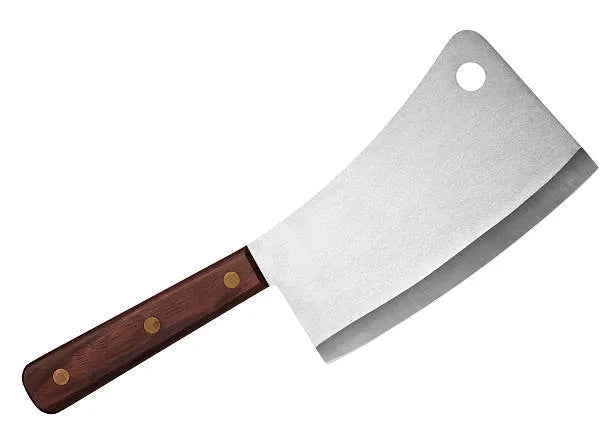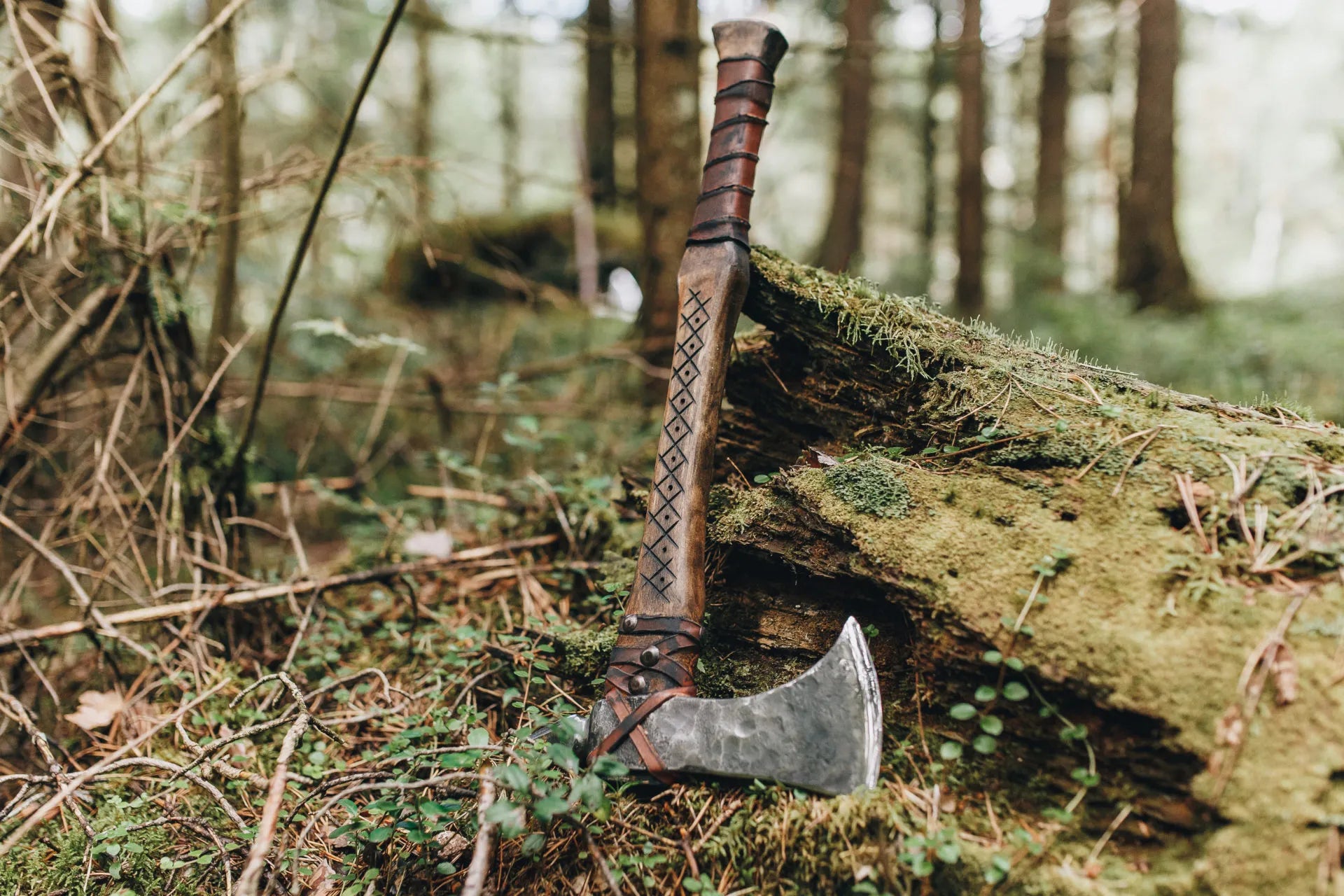
How to Store Pocket Knives?
Proper storage is crucial for pocket knives to remain useful, long-lasting, and safe. Knowing how to store pocket knives guarantees they stay in top shape, whether you are a collector or use them occasionally. Knives Hives offers thorough instructions on how to store pocket knives.
Cleanliness Before Storage
It is essential to clean your pocket knife entirely before storing them. Eliminate any residues, moisture, or filth that may eventually cause corrosion or damage.
Make sure all moving components are free of dirt. Wash the handle and blade with a soft cloth. Proper cleaning maintains the knife's effectiveness and avoids corrosion.
Proper Storage Conditions
The condition of your pocket knives is greatly influenced by the environment in which you keep them. To avoid rust caused by moisture, choose a cold and dry place.
Avoid places that are exposed to direct sunlight or excessive humidity since these might accelerate degradation. To absorb excess moisture, silica gel packs in storage containers can provide an extra layer of protection.
Using Cases and Protective Sheaths
Pocket knives can be physically shielded from dust and scratches by being kept in cases or sheaths. Ensure the case or sheath correctly fits the knife and is composed of non-abrasive materials.
For long-term preservation, steer clear of leather sheaths since leather can hold moisture and cause rust.
Regular Maintenance Checks
Pocket knives need to be inspected sometimes, even while stored. Check for mechanical problems, corrosion, and rust regularly.
During these inspections, lightly oiling the blade and moving components can help prevent rusting and guarantee smooth functioning. Regular upkeep prolongs the knife's life and maintains its usefulness.
Organized Storage Solutions
Organized storage is helpful for collectors or those who own several pocket knives. Knives are kept neat and handy by using roll-ups, display cases, or unique drawers.
Make sure each knife has its own area to avoid scratches or damage from coming into contact with other knives. In addition, improved air circulation from proper organization lowers the chance of moisture accumulation.
Examining the Materials of Blades
Storage requirements vary depending on the kind of blade. For example, compared to stainless steel blades, high-carbon steel blades are more likely to rust and may need to be oiled more frequently.
Knowing the particular needs of the material that makes up your knife guarantees proper handling and storage.
Safety Measures
Safety is crucial when it comes to pocket knife storage. Keep knives safely stored to avoid unintentional injury and out of children's reach.
To avoid accidental opening, lock your knives if they have one before storing them. The knife's integrity and the user are safeguarded by putting safety precautions in place.
The Bottom Line
Learning how to store pocket knives correctly includes cleaning, environmental control, protective enclosures, routine maintenance, well-organized storage, material-specific care, and safety measures. By adhering to these tips, you can keep your pocket knives in top shape and ready to use anytime you need them.
Buy the best pocket knives now!








